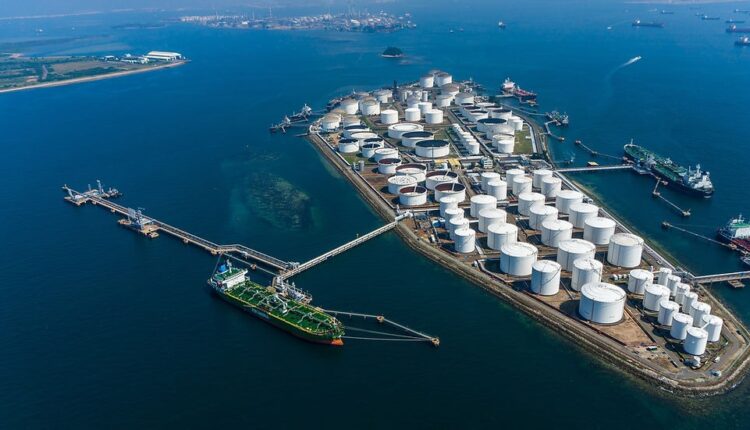Significant Bunker Price Gaps Persist Across Global Ports
Significant Bunker Price Gaps Persist Across Global Ports
📍 SeaNews | July 28, 2025-New data on global bunker fuel prices as of July 28, 2025, shows continued sharp discrepancies across major ports worldwide. The report compares prices for three key marine fuels: HSFO (High Sulphur Fuel Oil), MGO (Marine Gas Oil), and VLSFO (Very Low Sulphur Fuel Oil).
According to the data, Suez tops the list with the highest MGO price at $1128/ton, followed by Durban ($1085) and Buenos Aires ($1055). On the other hand, ports like Shanghai ($660), Fujairah ($748), and Busan ($684) remain among the most cost-effective for refueling.
When it comes to VLSFO, Durban again stands out with the highest price at $640, while Singapore offers the most competitive rate at $515 per ton. HSFO prices range from $411 in Fujairah to $1085 in Durban.
Below is a summary of bunker fuel prices (USD per ton) at 21 major international ports:
| Port | HSFO | MGO | VLSFO |
|---|---|---|---|
| Buenos Aires | 490 | 1055 | 556 |
| Busan | 456 | 684 | 522 |
| Durban | 1085 | 1085 | 640 |
| Fujairah | 411 | 748 | 517 |
| Gibraltar | 496 | 747 | 538 |
| Hong Kong | 437 | 672 | 520 |
| Houston | 442 | 706 | 505 |
| Istanbul | 565 | 800 | 650 |
| Las Palmas | 500 | 765 | 550 |
| Los Angeles | 456 | 825 | 569 |
| Malta (Offshore) | 483 | 757 | 555 |
| Mumbai | 475 | 740 | 525 |
| New York | 475 | 774 | 575 |
| Panama Canal | 498 | 775 | 555 |
| Piraeus | 475 | 804 | 616 |
| Rotterdam | 447 | 714 | 508 |
| Santos | — | 771 | 533 |
| Shanghai | 435 | 660 | 530 |
| Singapore | 417 | 680 | 515 |
| Suez | 524 | 1128 | 608 |
| Tokyo | 490 | 732 | 555 |
🔍 Lowest Prices:
-
HSFO: Fujairah – $411
-
MGO: Shanghai – $660
-
VLSFO: Singapore – $515
🚨 Highest Prices:
-
HSFO: Durban – $1085
-
MGO: Suez – $1128
-
VLSFO: Durban – $640
Bunker fuel price fluctuations are driven by global oil trends, local supply and demand, geopolitical developments, and regional refinery capacities. These discrepancies play a significant role in the operational and routing decisions of international shipping lines—particularly in long-haul and multi-port voyages where cost-efficiency is critical.

